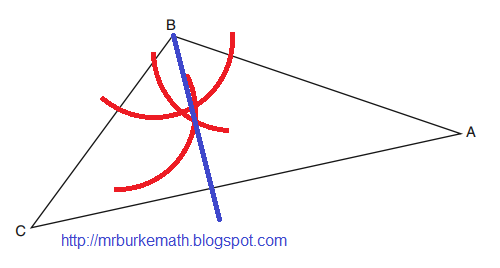Happy Halloween
Like many of my age and/or generation, the first real Halloween special on TV, and something that could be classified as "appointment television" was the annual showing of "It's the Great Pumpkin, Charlie Brown!" It's a pity that many younger people don't get the same joy from it's simplicity. The animation is old and program itself doesn't seem to get a lot of advance advertising on the networks. you have togo look for it, or find it on streaming. And, let's face it, it's a bit of a downer, which we'd watch again and again wondering if it would be happier the year after or not. (Keep of like watching reruns of Gilligan's Island for years to see if they'd ever get rescued.)
As for the math, a "great circle" is any circle around a sphere that has the center of the sphere as its center. A great arc would be a portion of that circle and would represent the shortest distance between two points on the outside of a sphere.
There may be a bonus Halloween comic tomorrow (Monday) because there was a school-based comic that was to appear on Friday, but between being busy with school and just being extremely tired on Saturday, it didn't get done. And if I save it for next year, it won't likely happen.
Happy Halloween, everyone!
I also write Fiction!You can now preorder Devilish And Divine, edited by John L. French and Danielle Ackley-McPhail, which contains (among many, many others) three stories by me, Christopher J. Burke about those above us and from down below. Preorder the softcover or ebook at Amazon. Also, check out In A Flash 2020, by Christopher J. Burke for 20 great flash fiction stories, perfectly sized for your train rides. Available in softcover or ebook at Amazon. If you enjoy it, please consider leaving a rating or review on Amazon or on Good Reads. |
 |
 |
Come back often for more funny math and geeky comics.




















